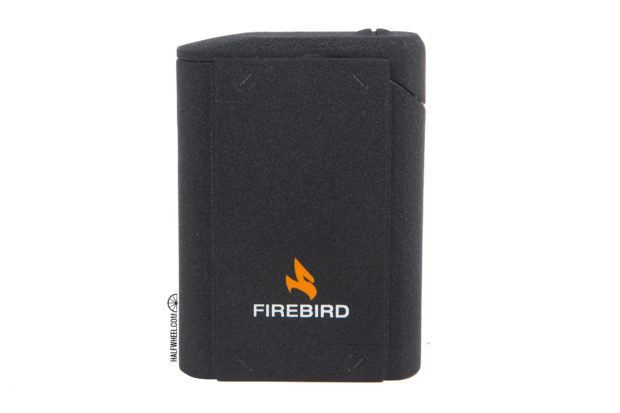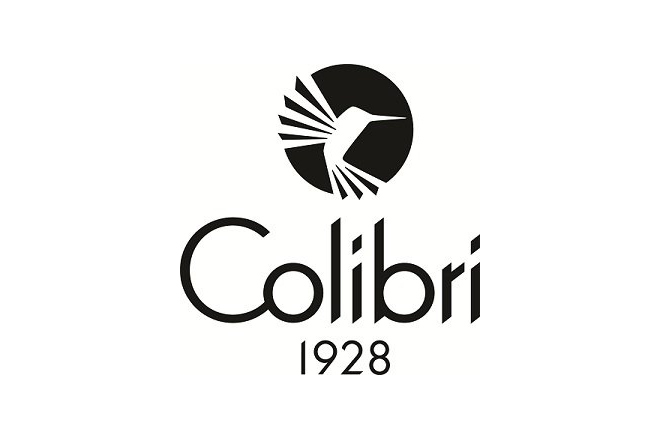The Colibri name is one of the more familiar ones in the world of cigar accessories, as the company makes lighters, cutters and humidors, while also producing a line of watches, pens and other accessories. But beyond the products you’re likely to find at your local premium cigar shop, the company also makes a more value-oriented line of cigar accessories called Firebird.
These scaled-down accessories offer less in both flash and features, but functionality is seen to be largely the same as their more expensive cousins. Plastic replaces metal for instance, fuel windows are removed on lighters, and the high-gloss paints used on Colibri is replaced by standard black or a less flashy palette of colors.
While many of the Firebird brand’s offerings fall under $20, it doesn’t mean that there aren’t offerings that push the upper boundary of what sort of price still fits in with the line’s position in the market. One such offering is the Firebird Wildcat Triple Table Lighter, with an MSRP of $50.
Released at the 2015 IPCPR Convention & Trade Show, the Wildcat falls in between a pocket and table lighter when it comes to size and function; too big to be really pocket friendly—cargo pants notwithstanding—but still small enough to be plenty portable, and at the small end of the traditional tabletop lighter class.
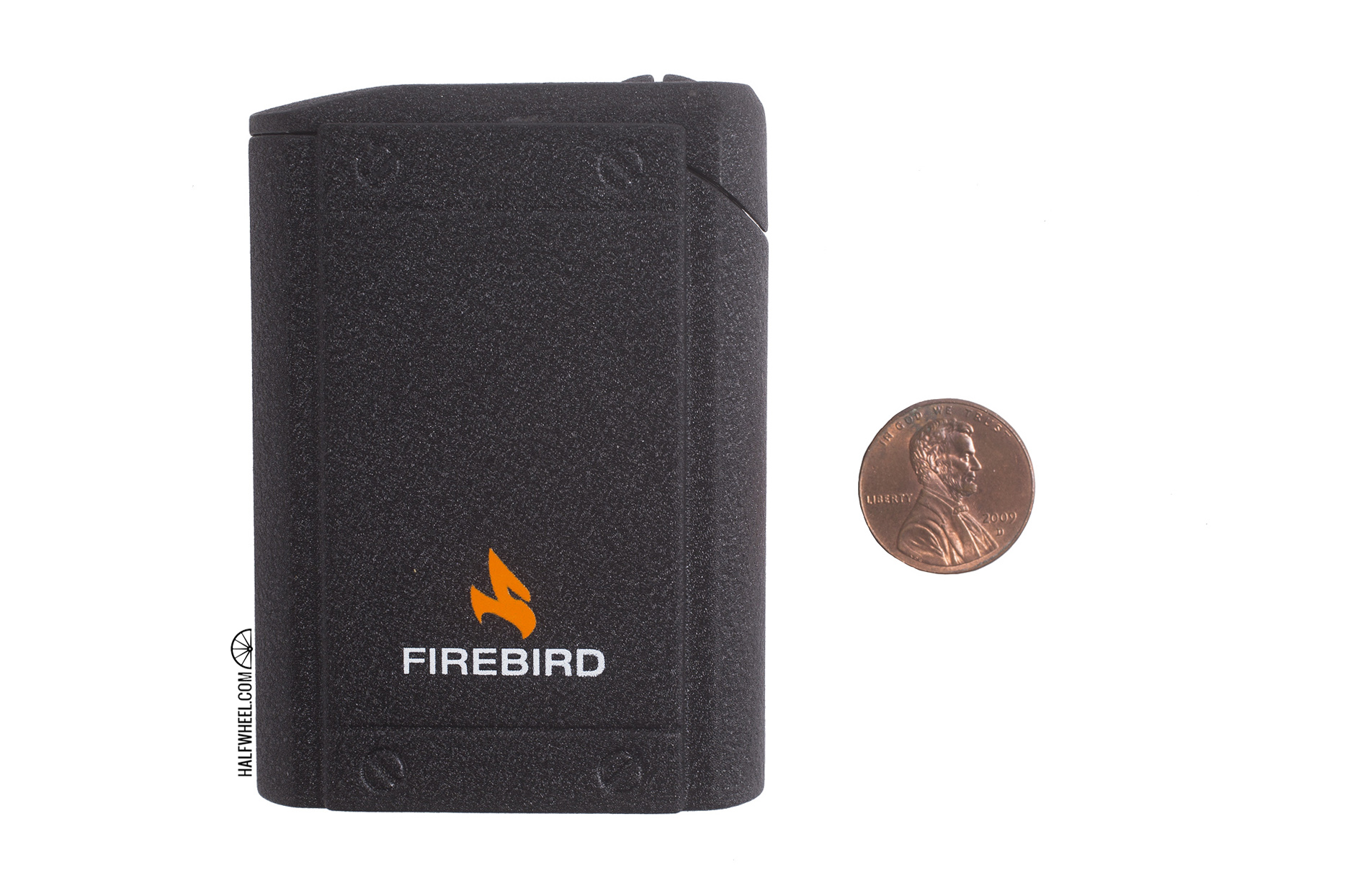
Hurting its case to be a portable lighter is the fact that It’s fairly hefty, weighing in at approximately 6.4 ounces and measuring just under three inches long, two inches wide and about 7/8 of an inch thick. I’ve thrown it in my pocket and while it fits, you certainly know it’s there. Likewise for a five-count travel humidor; unless you’re packing robustos or shorter, it likely won’t fit inside a smaller box comfortably. One lighter in its class that it easily outperforms in terms of portability is the NUb Ignition lighter, which gets relegated to table duty due to its cylindrical shape, despite otherwise outstanding performance.
At first glance, there’s not a readily apparent way to get the Firebird Wildcat going; a seemingly solid block of black metal held together with a few sunken black screws. A closer look reveals that the lid can be pulled back via a single-action lever along the width of the lighter that is supported by a pair of levers underneath. Once that’s understood, it’s an easy process to get things going: simply place your thumb on what looks like a screw and pull back to get the butane flowing while firing the piezo ignition near the now open end of the lid.
Under the lid is a triple flame lighter, with three jets arranged in a triangle formation and all pointing straight up, creating some overlap in the center of the formation but resulting in a fairly wide base of flame that will be appreciated more when lighting up a 50+ ring gauge than one in the low 40s or below. Heat radiates from the powerful flame, and you certainly don’t want your fingers or any other body parts coming near the largely blue heat source.
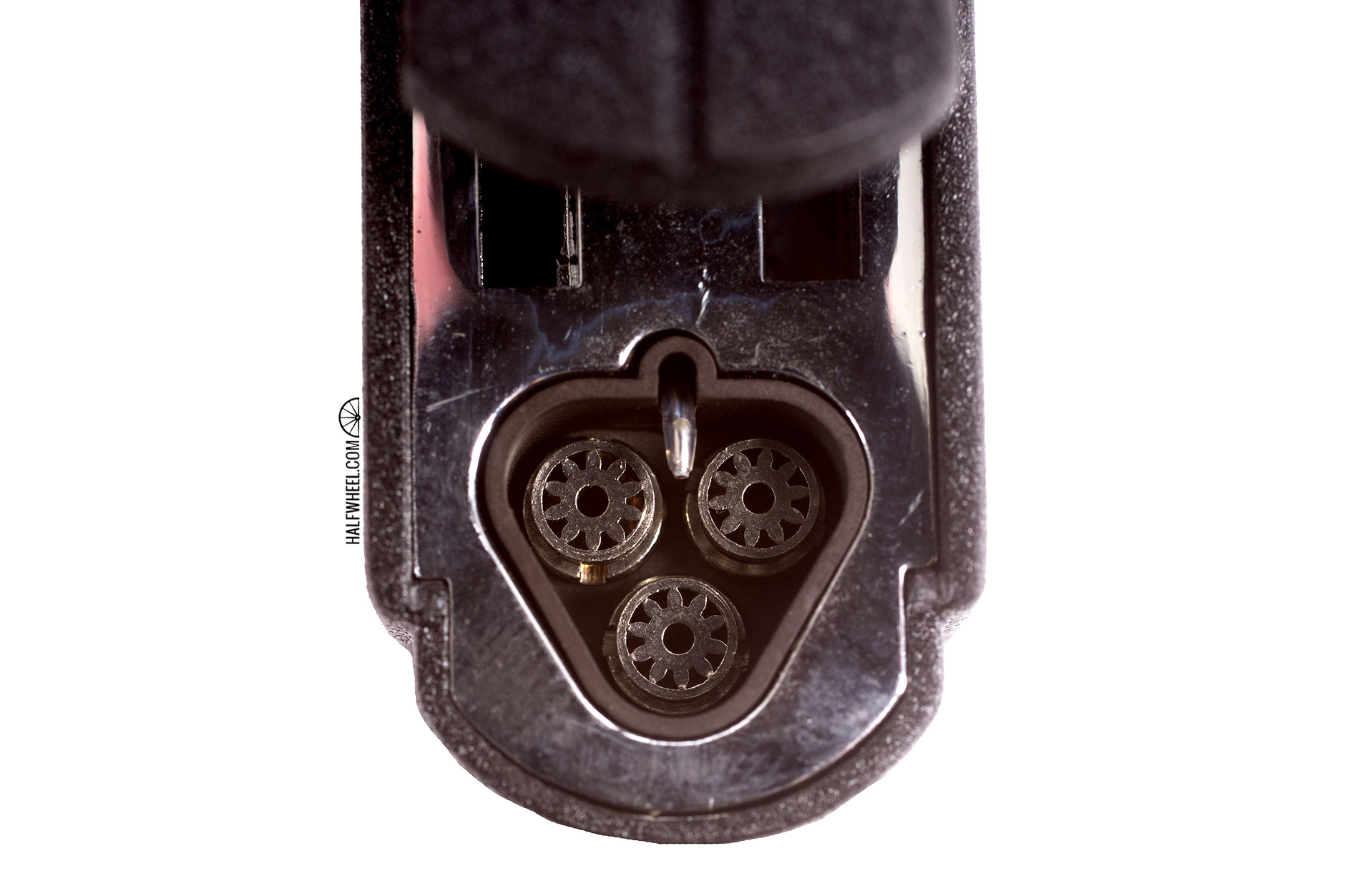
For the most part, the ignition is consistent and reliable, though after about two weeks of regular usage I noticed a few more misfires than I would like from a relatively new lighter. There were never two back-to-back, and I couldn’t pick up a pattern as to when the ignition wouldn’t function, so I was left to chalk it up to quick wear-and-tear. Yet after about a month of regular usage the misfires became more common, as while the fuel seemed to be flowing as detected through a fairly loud sound, the piezo ignition wasn’t hitting it in the right spot despite the spark being easily visible. While this can be an indication that the fuel is running low or that there might be too much air in the fuel tank, on a full tank it indicates that the ignition might have been adversely affected from all the heat.
With the potential to create a very powerful flame, knowing how to adjust the fuel flow is critical. Adjustment of the flame is done via the familiar screw adjustment mechanism on the bottom of the lighter; a thumbnail can certainly be used as there isn’t too much resistance; a dime or small screwdriver are both more adequately suited to the task. The sweet spot fell just past the halfway point in the one-turn range of the screw; erring a bit on the high side is fine as well but much less doesn’t allow for enough butane to flow to do the job.
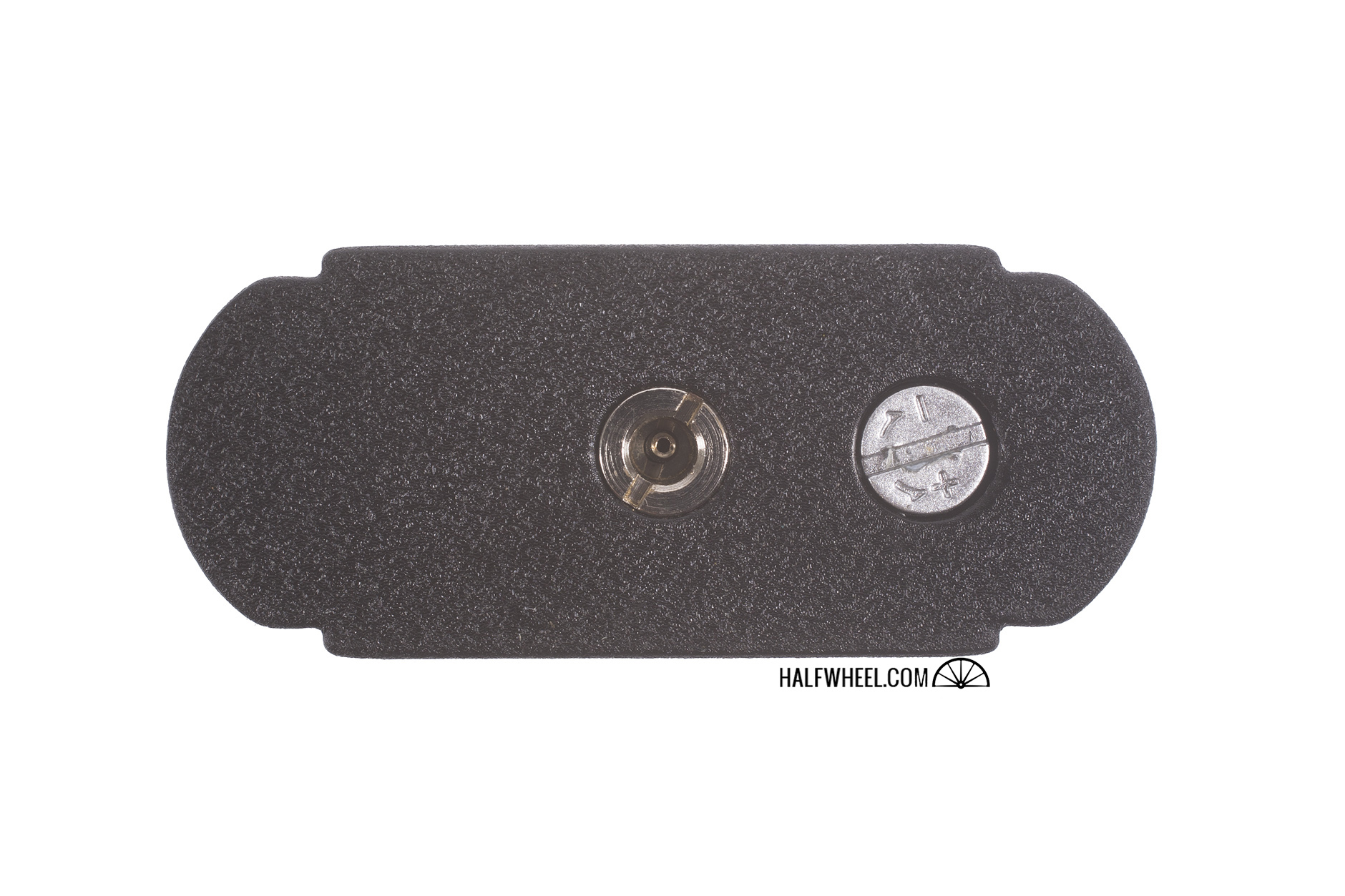
In addition to creating a more manageable flame size, I also discovered that the Firebird Wildcat has the habit of leaking a bit of fuel when the lid is closed as part of putting the flame out. When the fuel flow is cranked up overly high, it can create the possibility for the flame to leak out under the lid, albeit in generally small amounts. However, it’s something I wouldn’t want to take the risk of happening so it encouraged me to adjust the flame closer to the absolute minimum needed to properly a cigar. In addition, it will help you save fuel.
Filling the lighter is also familiar, with the valve adjacent to the adjustment screw and located squarely in the middle of the Wildcat’s base. No adapter is needed for any of the fuel cans I used and the Firebird Wildcat seemed to burn equally well with fuel from several manufacturers.
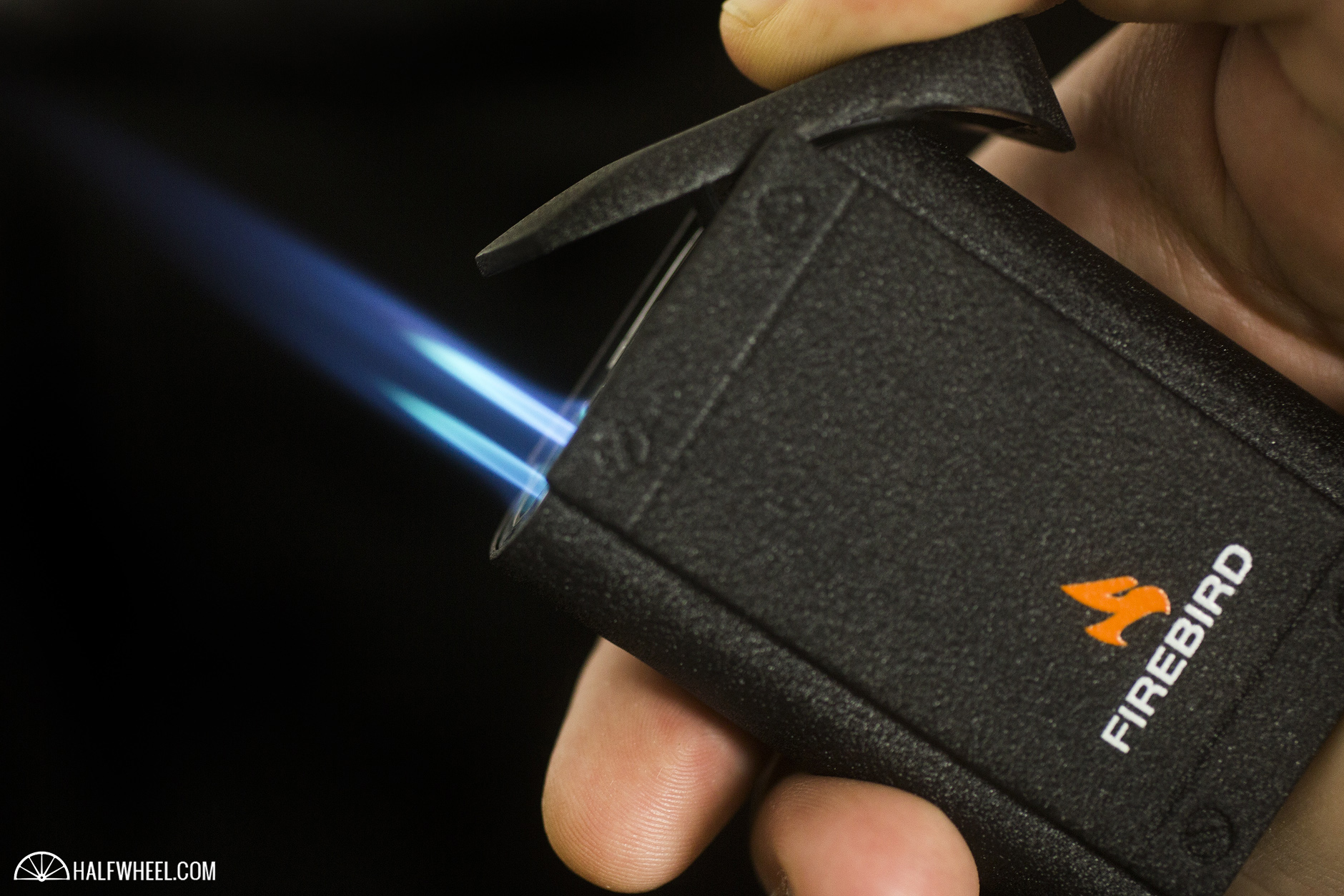
For day-to-day usage the Firebird Wildcat is certainly acceptable; its big tank is more than adequate to handle the lighting of several cigars before needing a refill and when the adjustment screw is set properly, this lighter puts off an even trio of flames that don’t sputter or vary in height or strength. Like most triple-flame lighter, It is certainly geared towards bigger ring gauges but with proper technique and a smaller flame can work on sub-50 ring gauges without damaging the wrapper.
It also feels good in the hand, as the curved edges help it fit into the curves of the fingers and palm, while the stipple grip give it just a bit of texture. I wouldn’t be opposed to a bit more through the addition of ridges, but for a value-oriented lighter it does decently in giving you something to hold onto securely.
One of the most glaring omissions on the Firebird Wildcat is the lack of a visible fuel window, though you wouldn’t be blamed for mistaking the air intake port on the side of the lighter for that familiar feature of many cigar lighters. It’s not, however, and there is no way to tell just how much, or even approximately how much butane is left in the lighter until you start getting misfires. Given that it’s a fairly big tank, you’ll have no issue making it though a night of cigars after topping it up, but if it’s your daily lighter you won’t have a way of doing a preemptive fill-up, other than by approximation.
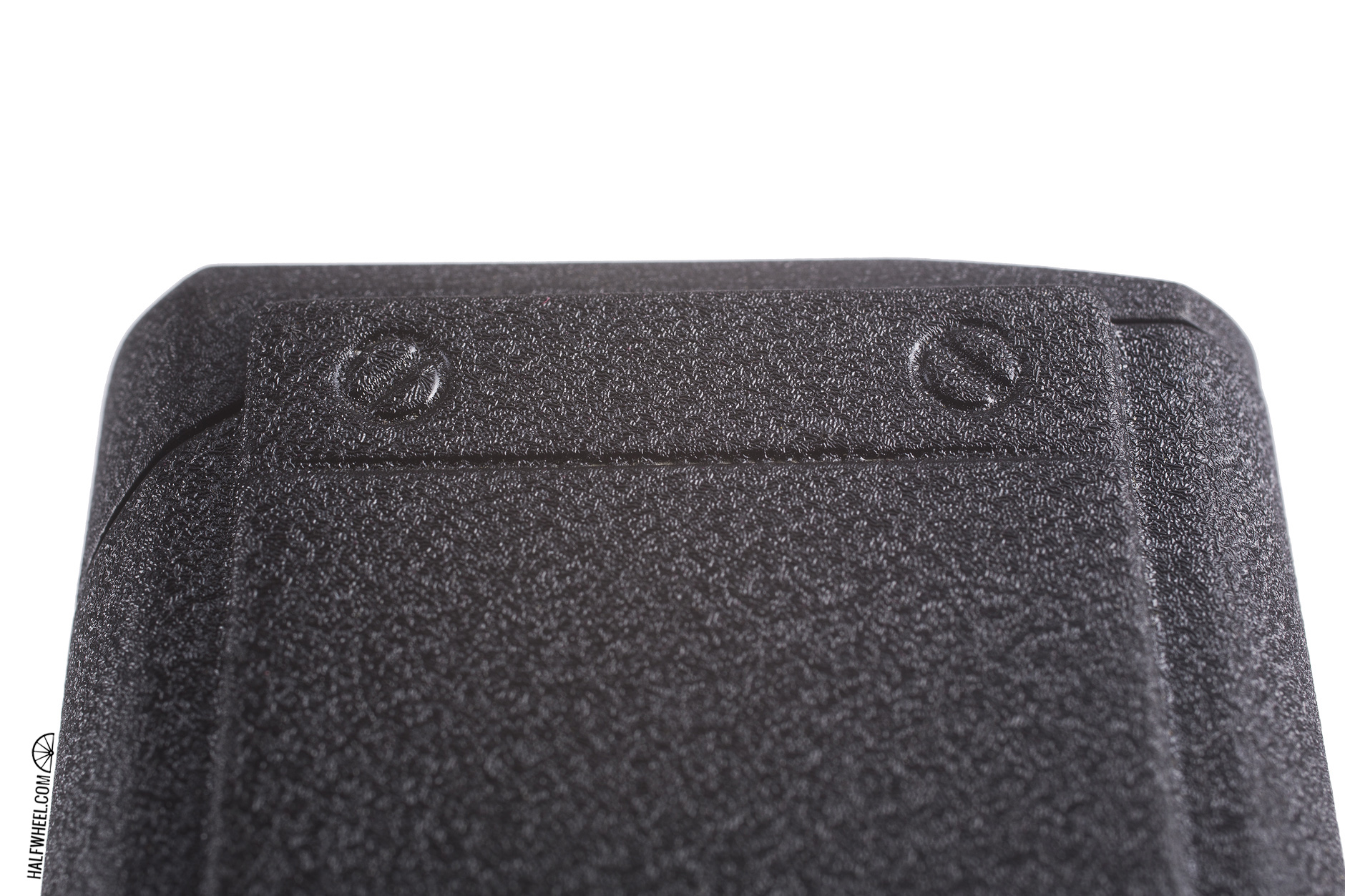
As you might have surmised, the lack of a fuel window is done in an attempt to keep the price low; and additional cutout of the metal body and said window would add costs to the lighter and likely push it out of the space that Colibri has tried to carve for the Firebird brand.
While I do have some concerns that the lighter will eventually just give out and stop working given my experience with misfires, I’m hoping that it won’t be for a long while, helping to make this feel like a decent purchase that I was able to get my money’s worth from before it finally lights no more. Colibri does appear to warranty the Firebird brand, though it’s not stated outright on its website. A search of retailer listings indicate either a one or two-year warranty, so it’s best to hold onto your receipt just in case.
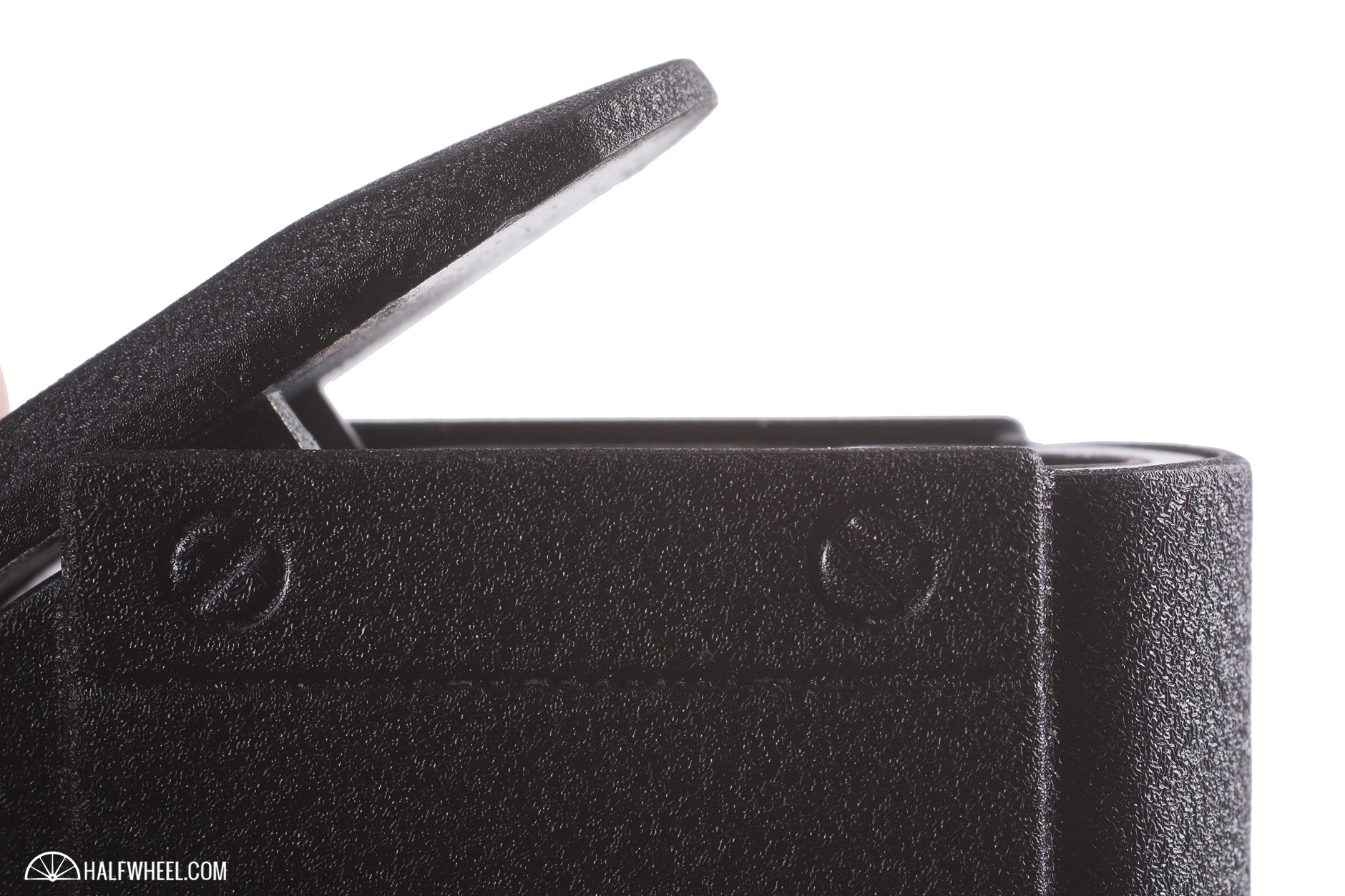
With any accessory purchase, you have to really identify just what your needs are before feeling confident in making a purchase. Do you prefer portability over size? A certain number of jets arranged in a certain pattern on your lighter? A certain level of durability or flare? And all of this at what price? If the answer is a sub-$50 triple torch lighter that leans towards a permanent place on a table but can also be brought out once in a while, the Firebird Wildcat Triple-Jet Table Lighter by Colibri is certainly an option worth considering.
The Colibri Firebird Wildcat Triple Table Lighter is available in three color options: black, gun metal and blue, all with the above mentioned stipple grip, and each with an MSRP of $50, though can commonly be found for around $39.99.
The lighter for this review was purchased by halfwheel.

